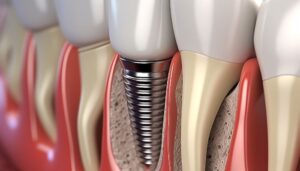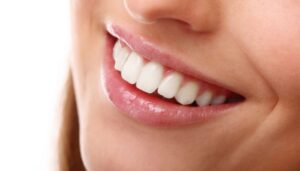
Do Dental Implants Hurt? Everything You Need to Know
If you’ve been thinking about getting dental implants but can’t shake off the nagging question, “Will it hurt?”, you’re not alone. The thought of any dental procedure can feel a little intimidating, especially one that involves implants. Don’t worry—I’ve got you covered with all the info you need to decide if dental implants are right for you (and spoiler alert: it’s probably not as bad as you think!). Let’s break this down step-by-step, get rid of the mystery, and maybe even calm those nerves a little. What Are Dental Implants, Anyway? Before we get to the nitty-gritty of pain (or the lack thereof), let’s talk about what dental implants actually are. In simple terms, dental implants are small, screw-like titanium posts that are surgically placed into your jawbone. These act as artificial tooth roots to support crowns, bridges, or dentures. The idea might sound super high-tech (or slightly terrifying), but implants have been around for decades and are considered one of the most effective, long-lasting solutions for missing teeth. Does Getting Dental Implants Hurt During the Procedure? Here’s the short answer: No, you’re not going to feel pain during the procedure itself. Why? Because you’ll be under local anesthesia or, in some cases, sedation. The most you’ll feel during the procedure is some light pressure, but pain? Not so much. Most patients are surprised by how easy the process is compared to what they expected. How About After the Procedure? Okay, so the anesthesia will wear off eventually—what happens then? Will you be clutching your jaw in agony for days? Thankfully, the post-surgery discomfort is usually pretty mild and manageable. Here’s what you can typically expect: How Do You Manage Pain After Dental Implants? Let’s be real—any surgery comes with some level of discomfort. But managing it doesn’t have to be a big deal. Here are some tried-and-true ways to keep post-implant pain under control: Your dentist will also give you detailed post-op instructions tailored to your needs—so be sure to follow those closely! What If the Pain Feels Unusual? Pain is a part of healing, but if it feels excessive or lasts longer than a week, it’s worth checking in with your dentist. In rare cases, prolonged pain could indicate an infection or other complication. Signs to watch out for include: The good news? These issues are pretty rare. Dental implants have a success rate of over 95%, so chances are, you’ll heal up without any problems. So, Do Dental Implants Hurt in the Long Run? Here’s the cool thing about dental implants: Once the healing process is complete, they feel just like your natural teeth. There’s no lingering pain, no discomfort, and you don’t even notice them. In fact, many patients say they forget they even have implants because they’re so comfortable and seamless. Unlike dentures, there’s no slipping or clicking. And unlike bridges, there’s no extra pressure on your surrounding teeth. Why Are Dental Implants Worth It? Sure, the idea of surgery might sound daunting, but when you weigh that against the benefits of dental implants, the short-term discomfort feels like a small price to pay. Here’s why so many people choose implants: Final Thoughts: Should You Be Afraid of Dental Implants? The truth is, getting dental implants isn’t as scary or painful as you might think. Thanks to modern dental technology, the procedure is precise, safe, and surprisingly comfortable. While some soreness afterward is expected, it’s manageable with the right care and medications. If you’ve been putting off implants because of fear, don’t let the “what-ifs” hold you back! Talk to your dentist, ask questions, and be open about your concerns. A good dentist will guide you through the process step by step—and you might just find that it’s way easier (and less painful) than you ever imagined. So, what do you think? Ready to ditch the worries and embrace a healthier, more confident smile? You’ve got this!






